In 2021, there were more than 92,000 active firearm licenses in the state of New York, with about 19.9% of New Yorkers living in a home with a gun. So it seems that despite lawmakers’ best efforts, the people will not be denied their constitutional right to keep and bear arms.
But how much does a gun cost?
It’s a more complex question than you might think. Not only should you consider the price of the weapon, but the secondary costs associated with owning a firearm. Starting with the fees you have to pay to the state to be a law-abiding gun owner.
Licenses, Laws, and Fees
Before you worry about the price of a firearm, you need to make sure that you’re in full compliance with the law. That means getting a license to own or carry a gun.
First, you need to know what kind of license you’re looking for. New York divides firearm licenses into several categories. Concealed carry, possess on-premises, or possess/carry during employment are the most common types.
Each type has different requirements and restrictions you should be aware of. For example, even if you have a concealed carry license, you’re still barred from having a gun in what the state calls “sensitive locations”.
Sensitive locations include hospitals, churches and places of worship, schools, and public transit, among others. You should also be advised that guns are barred from most private businesses unless a sign is posted by the owner stating that they are allowed.
Whatever license you’re pursuing, you must submit your application form and pay the fees in person to the county licensing officer in the county where you live or work. The fees vary by county, but they usually include an application fee, a fingerprint fee, and the fee for a firearms safety course.
The total cost of the application process can range anywhere from $60 to $340, depending on the county and the type of permit. Look up your local county licensing officer for the specifics.
You will also need to provide two passport photographs at your own expense. You can get these from AAA offices, some post offices, and a few other businesses. Prices are around $10 to $20.
All told, you should add anywhere from $70 to $380 to the price of your gun to comply with the law.
The Price of Transferring Guns Between Owners
Once upon a time, it was legal in the state of New York for private citizens to freely buy, sell, or trade guns between one another. That came to an end in 2014 with the passage of The New York State Safe Act.
This piece of legislation introduced a lot of new hurdles for gun owners. It made many common magazines illegal for having too high a capacity, for example. Even if an individual had owned one of these magazines for decades without incident, they could now be liable for a felony charge for each one they had in their possession.
As alluded to, the law also made it more difficult, cumbersome, and expensive to transfer guns between private parties. Rather than conduct their business on their own, parties now have to use a dealer with a Federal Firearms License (FFL) as an intermediary.
Most dealers will charge a nominal fee for this service, usually around $25 or $30. You may sometimes get lucky and find dealers who will do it for free as a customer courtesy or as a special promotion.
Be advised that having a gun sent from out of state might incur higher costs. While long guns (shotguns, rifles, etc.) can be sent by UPS/FedEx ground delivery, handguns must be sent by UPS/FedEx 2nd day delivery. Factor any shipping costs into the equation when considering buying or trading guns from outside New York state.
So How Much Does a Gun Cost?
Once you’ve dealt with the legal hurdles, you can start shopping around for your new firearm. That could be easier said than done, however. Guns can range anywhere from less than $200 to several thousand depending on what types of guns, gun brands, and features you’re considering.
To make the picture as clear as possible, we’ll take a broad view of the most common styles of firearms on the market.
Handguns
While a handgun technically means “any firearm designed to be usable with only one hand”, we’re specifically referring to pistols with a single integrated barrel and chamber, usually fed from a magazine. Revolvers are a different enough animal to get a separate section.
The average cost of a handgun is between $400 and $1,500. But remember that that’s only an average range. You can find bargains for less than $200 or pay well over $10,000 for a designer handgun.
The make, model, and caliber of your new handgun will affect the final price. The caliber-or the size of the ammunition used-refers to the diameter of the gun’s barrel as expressed in millimeters or decimals of an inch. A .22 caliber bullet, one of the most common cartridges in the world, has a diameter of .22 inches.
Handguns intended for concealed carry tend to be on the more affordable end of the spectrum. These are compact firearms designed to be easy and comfortable to carry on your person and are usually made from lightweight polymers that make them much lighter than a full metal handgun.
Their main tradeoffs are that they usually have a reduced magazine capacity and are only available in a limited variety of calibers. They are also more difficult to use than full-sized handguns. They can be tricky to aim and their small size makes recoil harder to manage.
Popular concealed-carry pistols include the Sig Sauer P365 series, the Glock 19 Gen 5, and the H&K HK45 Compact. Prices for concealed-carry pistols range from around $400 to $900.
Revolvers
Revolvers have a reputation for being good starter guns for new shooters. There are far fewer moving parts in a revolver than in an automatic handgun, making it easier to maintain. And while even well-maintained automatics have been known to jam, mechanical malfunctions in revolvers are exceedingly uncommon.
Their simple design also makes revolvers less expensive overall. On average, you should expect to pay anywhere from $250 to $1,000 for a decent revolver. However, you can sometimes find bargains for less than $200, or pay as much as $2,000 for a top-of-the-line model.
The classic self-defense revolver is usually chambered in .357 magnum. It’s a well-balanced cartridge that packs enough stopping power to be effective without being so overpowered that the average person couldn’t handle it.
The Colt Python is perhaps the most iconic .357 magnum, though they’re on the pricier end of the spectrum. Taurus makes some excellent revolvers at a fraction of the price and even offers compact models for easier concealed carry. Smith and Weston is another trusted brand that offers revolvers in a range of configurations and price points.
Rifles
Rifles are far and away the most varied form of common firearm, with models intended for hunting, home defense, and competition shooting. They come in myriad designs, with common ones being bolt-action, lever-action, and semi-automatic. Some manufacturers even still make revolver rifles for Western enthusiasts.
With all those variables, the price of a rifle can range widely. As a rule of thumb, though, expect to pay between $500 and $1,500.
The AR-15 is the most popular rifle in the United States, thanks to its ease of use and its modular design.
Swapping out gun parts is far easier on an AR-15 than on most other firearms. And there are so many parts to choose from that you can configure an AR for almost any purpose, from a small-caliber varmint gun to a rugged survival rifle.
AR-15s tend to be a bit more expensive than other rifles, ranging from about $600 to $1,200. And even more so than with other firearms, an AR is a case where you get what you pay for. If you value accuracy and reliability, you should be prepared to invest accordingly.
Shotguns
Shotguns are the simplest type of common firearms. Unlike rifles and handguns, their barrels are smooth-bored. Most shotguns are either breech-loaded or use a basic pump-action.
Hence, they tend to be quite affordable. The average price is between $400 and $800.
Whereas rifles and handguns only fire a single projectile per trigger pull, shotguns use shells loaded with metal pellets that disperse in a conical pattern. This makes shotguns popular for both hunting and home defense because they’re perceived as being easier to use, especially for small, mobile targets like waterfowl or wild turkey.
Shotguns are chambered in a variety of “gauges”, with 12 and 20 gauge being the most common. A reliable 12 gauge shotgun like a Remington 870 or a Mossberg 500 loaded with 00 buckshot is usually considered the definitive home defense weapon.
Get the Best Deal on Your New Gun
If you’re new to the world of firearms, your only concern probably isn’t “how much does a gun cost?” Finding the right firearm for your unique needs can be daunting for first-time buyers.
That’s why S&S Sales is proud to provide friendly and knowledgeable service at a price point that you can feel good about. We even offer services like cleaning, sighting, and scope mounting. If you’re ready to buy your first gun but are unsure where to start, contact us today to schedule an appointment and we’ll be glad to help you find your way.

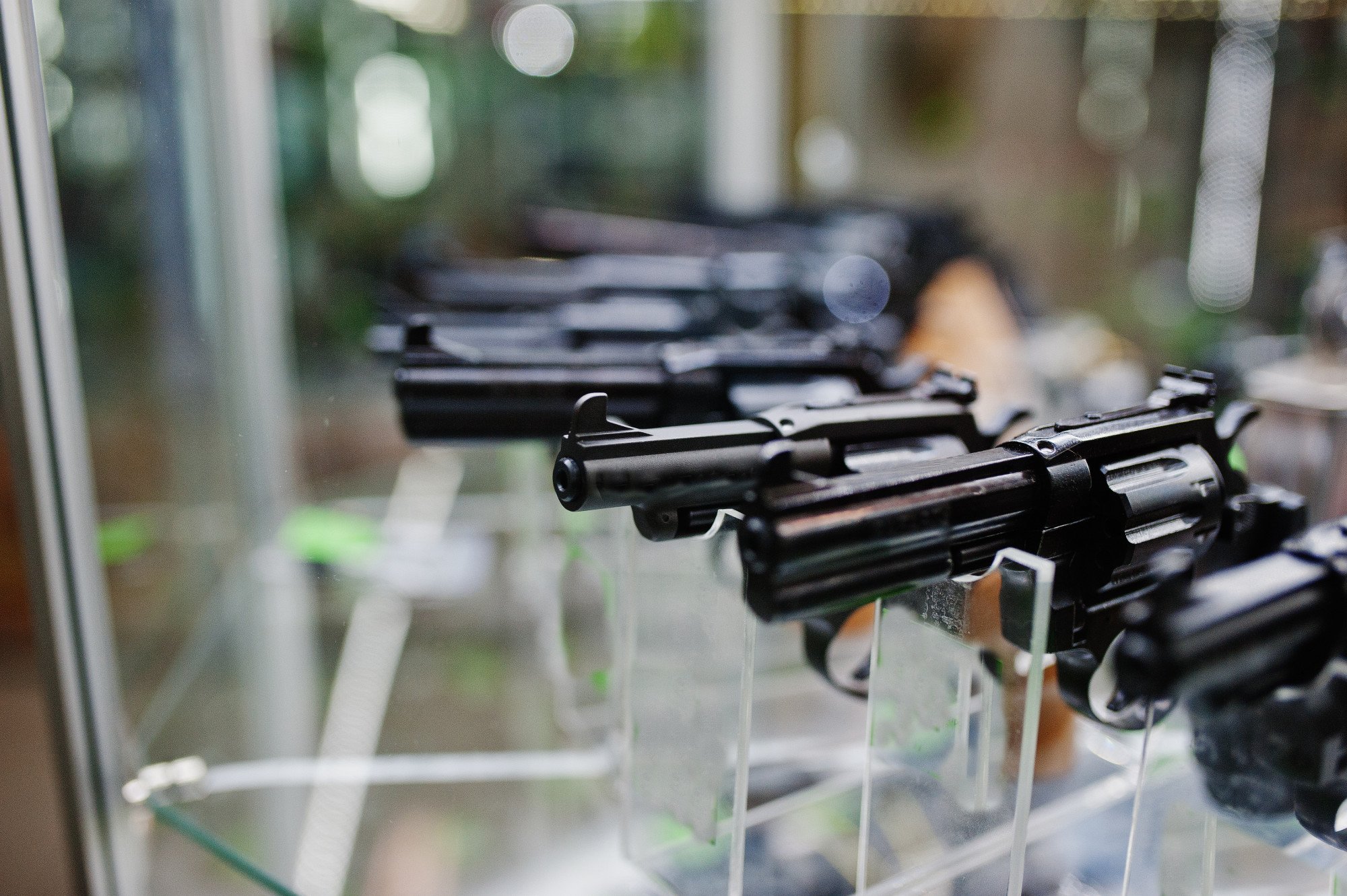
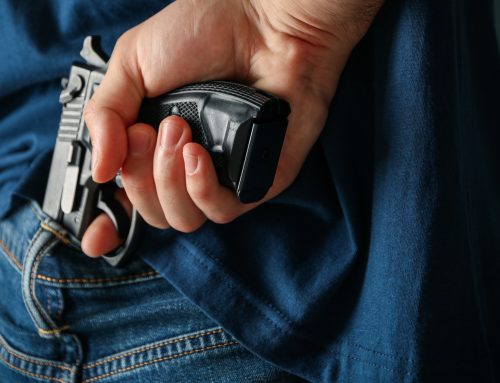
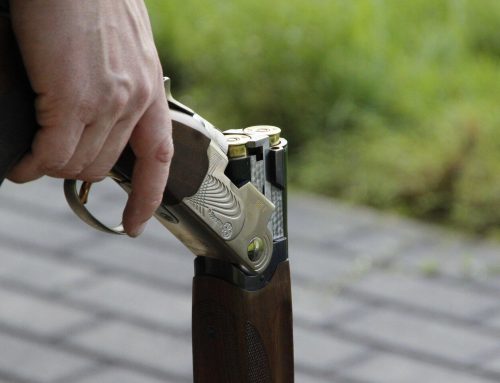
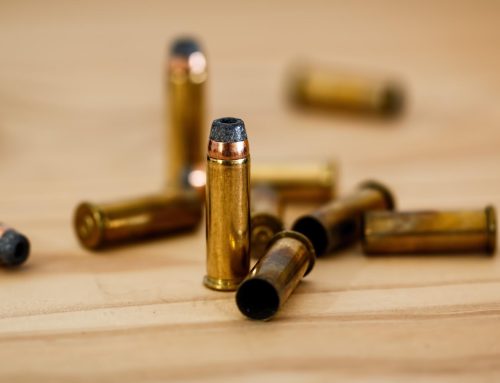
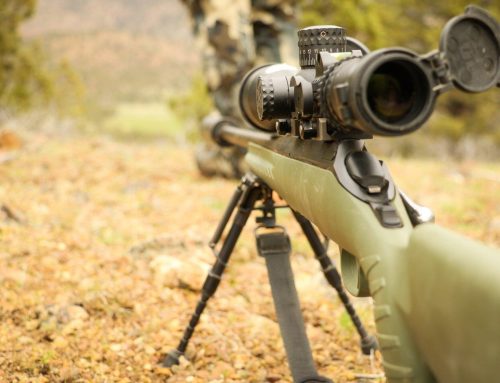
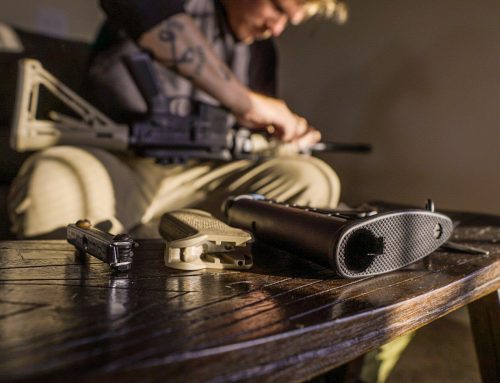
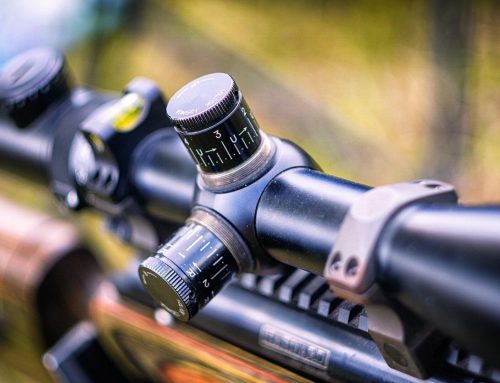
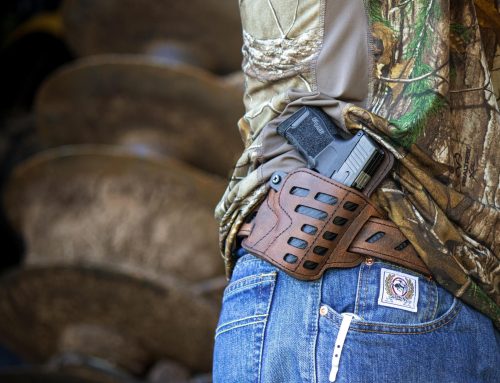
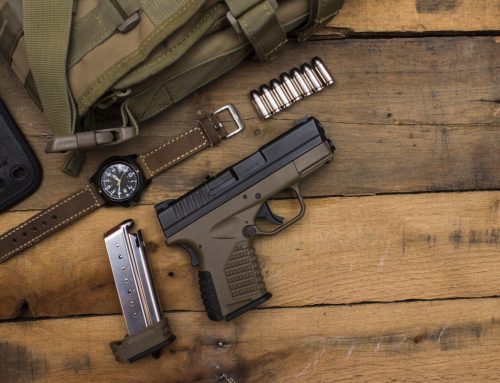
Leave A Comment